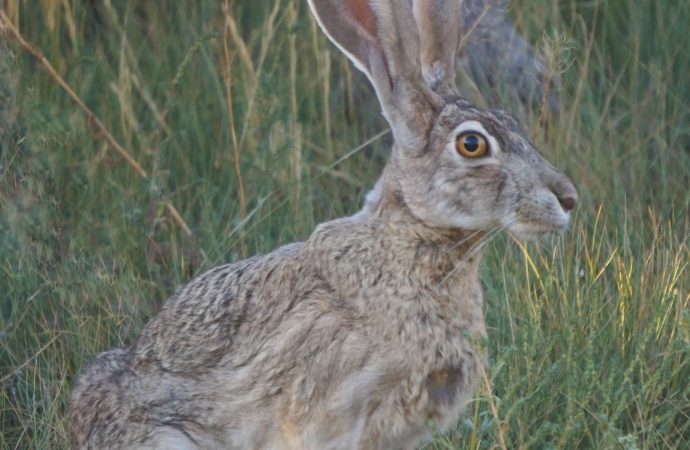Hares have been an integral part of human culture and folklore for centuries. These fascinating creatures have been a subject of fascination in various cultures around the world, and their symbolic significance has evolved over time. In this article, we will explore the role of hares in folklore and culture around the world. In many
Hares have been an integral part of human culture and folklore for centuries. These fascinating creatures have been a subject of fascination in various cultures around the world, and their symbolic significance has evolved over time. In this article, we will explore the role of hares in folklore and culture around the world.
In many cultures, the hare is seen as a symbol of fertility and abundance. In ancient Egypt, hares were associated with the goddess of fertility, Eostre, and were believed to bring good luck and prosperity. In Celtic mythology, the hare was a symbol of the moon and was believed to have magical powers that could bring about prosperity and abundance.
In Native American cultures, the hare is often seen as a trickster figure. The hare’s cunning and agility were admired, and stories featuring the creature often revolve around it outsmarting its enemies. The Zuni tribe of the southwestern United States believed that the hare was the guardian of the dawn and the bringer of light.
In Chinese culture, the hare is a symbol of longevity and immortality. According to legend, the hare lives on the moon and is a companion to the moon goddess, Chang’e. In Japanese folklore, the hare is believed to possess supernatural powers and is often depicted as a shape-shifter.
In European cultures, the hare has been associated with witches and magic. During the Middle Ages, it was believed that witches could transform themselves into hares and escape persecution. In some parts of Europe, it was thought that hares could see the future and were thus endowed with magical powers.
In addition to their symbolic significance, hares have also been a source of food, clothing, and art for many cultures. In ancient Rome, hares were a popular source of meat, and their fur was used for clothing. In medieval Europe, hares were often hunted for sport, and their images were commonly used in artwork.
Today, hares continue to capture the imagination of people around the world. They are often featured in literature and popular culture, and their symbolic significance has evolved to reflect contemporary concerns. In some cultures, hares are seen as a symbol of resilience and survival, while in others, they represent the importance of protecting the environment and preserving biodiversity.
In conclusion, the role of hares in folklore and culture around the world is multifaceted and complex. From symbols of fertility and abundance to tricksters and witches, these creatures have played a significant role in shaping human culture and imagination. As we continue to grapple with issues of sustainability and conservation, the hare’s symbolic significance as a guardian of the environment is more relevant than ever.

















Leave a Comment
Your email address will not be published. Required fields are marked with *